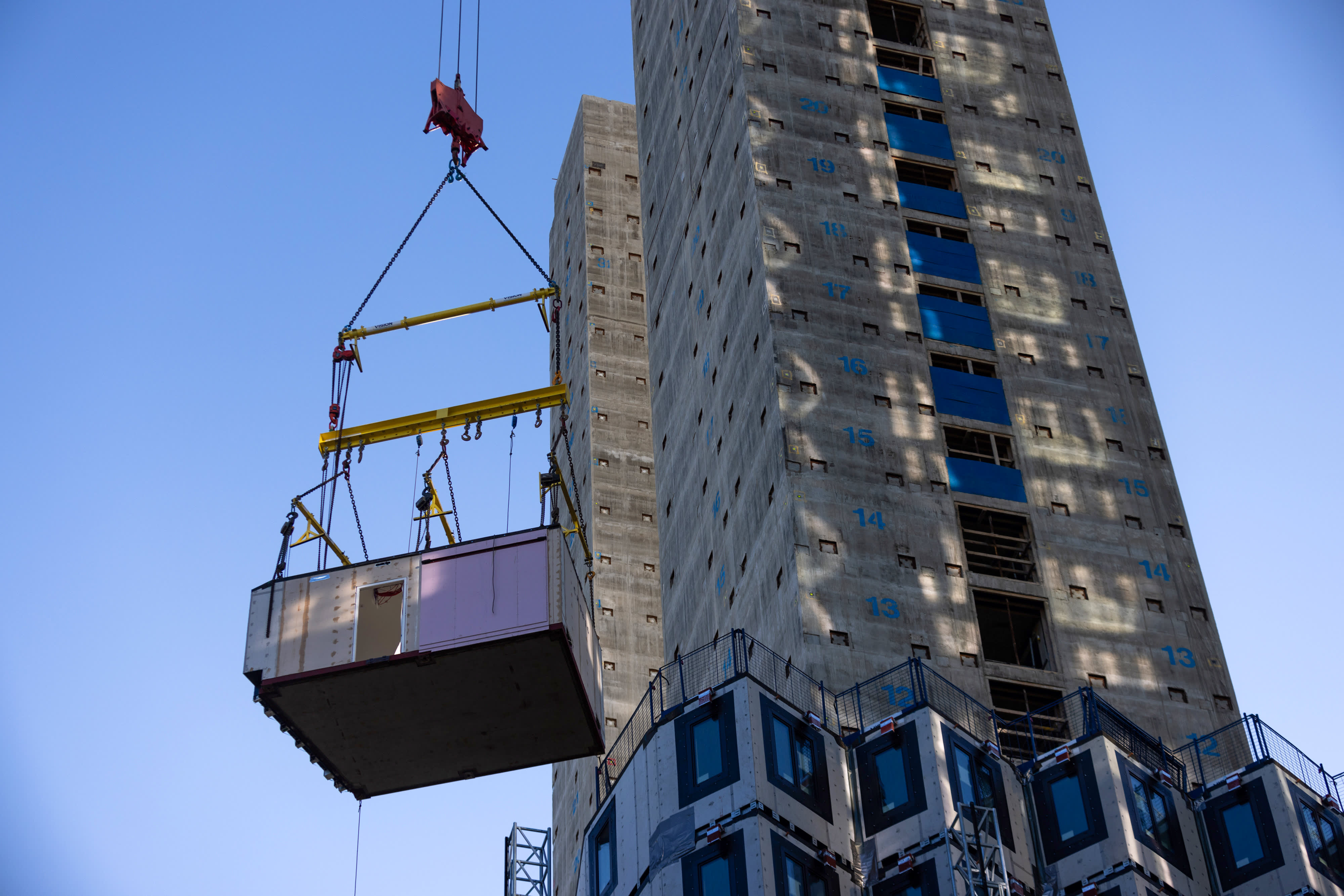There’s a “big risk” of real estate companies filing for insolvency when interest rates rise, according to a partner at consulting firm Kearney.
Nils Kuhlwein pointed out that the global financial crisis of 2008 started with a real estate and housing price bubble and mortgage defaults in the United States.
“What we are now seeing again, 13 years later, is that again, the real estate sector has the highest share of ‘zombies,'” he told CNBC’s “Street Signs Asia” on Wednesday. According to OECD’s definition, “zombie” companies are those that are at least 10 years old and have persistent problems meeting their interest payments.
Minor external changes such as rising interest rates or a deteriorating economic environment can put such companies at risk of insolvency or lead to an “abrupt implosion,” said a 2021 Kearney report that examined 67,000 listed companies from 154 industries and 152 countries.
Wall Street is predicting multiple interest rate hikes by the U.S. Federal Reserve this year, bringing easy monetary policy in the U.S. to an end.
When asked if the real estate market could face a crisis when interest rates rise, Kuhlwein said it was “absolutely” a possibility.
It’s clear that the ongoing pandemic and the ongoing economic results of the pandemic will hit the real estate sector even further.Nils Kuhlweinpartner, Kearney
“The big risk is that a lot of those real estate companies, housing development companies are moving into insolvency and the number of zombies will be further increasing,” given that inflation is high and interest rates are projected to rise, he said.
If interest rates double, the number of zombie firms could increase by nearly 40%, he added.
Vulnerable sectors
The Kearney report on listed zombie companies, which analyzed data from 2020, found that the real estate sector had the highest absolute number of zombies and the highest share of zombies.
“The real estate industry is by far the most ‘zombified,'” the report said.
Around 5% of companies in other sectors were classified as zombies, but that figure was 7.4% in the real estate industry. The percentage of zombie real estate conglomerates and development firms is even higher, said Kuhlwein.
“We believe that these numbers will have risen in 2021,” he predicted.
“It’s clear that the ongoing pandemic and the ongoing economic results of the pandemic will hit the real estate sector even further,” Kuhlwein said, adding that he doesn’t believe the worst is over for the industry.
The automotive sector also likely saw an increase in zombie companies in 2021, given the semiconductor crisis and supply chain disruptions that plagued auto firms, he said.
More broadly, the Kearney report found that the number of listed zombie firms nearly tripled from around 600 in 2010 to nearly 1,800 in 2020.
“I would say that is an issue if you look at the pure number, and if you look at the development over the past 10 years,” Kuhlwein said.
